Effective Team Meetings



Judy Jablon
South Orange, NJ
Underlying our work at Leading for Children (LFC) are three core beliefs that shape our thinking and influence how we approach e ective meetings.
Wisdom. Everyone has knowledge and lived experience to draw and build on while learning new skills and content and when coming together to make decisions and solve problems. Throughout our work, we acknowledge the wisdom of all adults, supporting them to develop trust, shared purpose, and commitment. We believe that people thrive when they feel seen and heard. By intentionally creating the conditions for all voices to be heard, we begin to achieve equity.
Team. Learning with and from each other deepens knowledge and forges strong teams . Together teams can collaborate to ensure continuous and sustainable quality improvement for children’s early care and education.
Modeling. How adults work together models essential practices that support young children’s brain growth and learning in all areas of development. This includes having healthy relationships and interactions, creating safe and nurturing environments, and o ering e ective learning experiences.
In this guide, you’ll notice that we refer to elevating the wisdom of the group, strengthening teams , and using practices in team meetings that model best practices for children.
Let’s think about what engaging meetings might look and sound like when everyone is in the same space:
When the team is remote, the look and sound might be a little different:

1 If your program or organization does not have a vision statement, it is time to form an inclusive work group to create one.

Aligning the Vision Statement with Team Meeting Topics
VISION STATEMENT
TEAM MEETING TOPIC
DISCUSSION PROMPTS & QUESTIONS
ALIGNMENT
Aligning Program Mission with Team Meeting Topics
Culture includes the shared values, assumptions, and collective beliefs about what is important, and the norms and expectations for what is appropriate and acceptable in everyday interactions. Culture also includes the traditions, rituals, celebrations, and customs that distinguish one program or school from another. 2
resources/pubs/yc/may2015/expanding-the-lens.
Aligning the Program’s Culture with Team Meetings

(November/December 2018): 26-30.
After reading an article about the yoga class that meets every Tuesday enthusiastically attends, but then the inspiration of the article fades and sleeping in for the extra thirty minutes on Tuesdays instead of going to yoga prevails. Devora’s commitment dissipates. When a friend invites her to join a different yoga class a few months later, Devora agrees and recommits to her wellness plan.
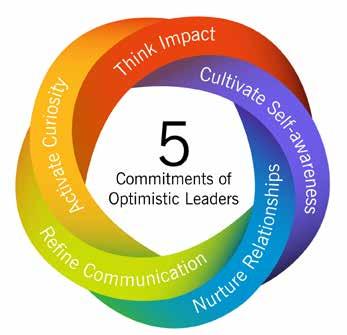
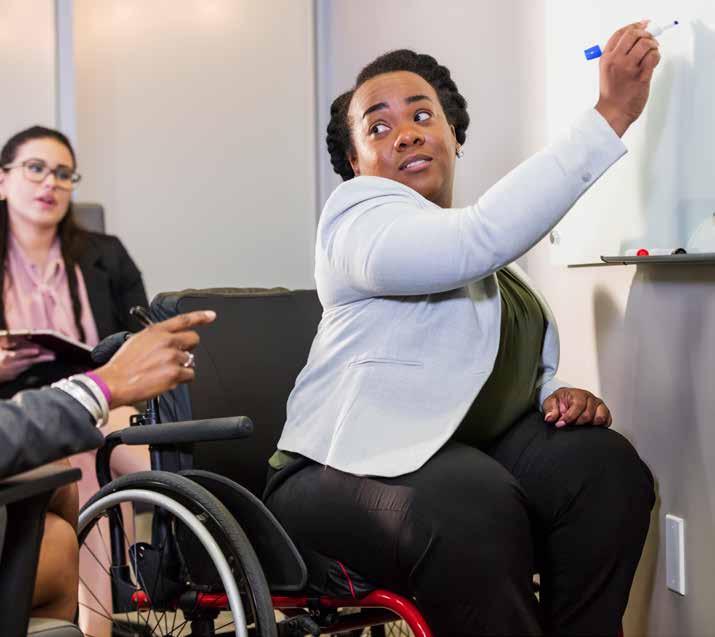
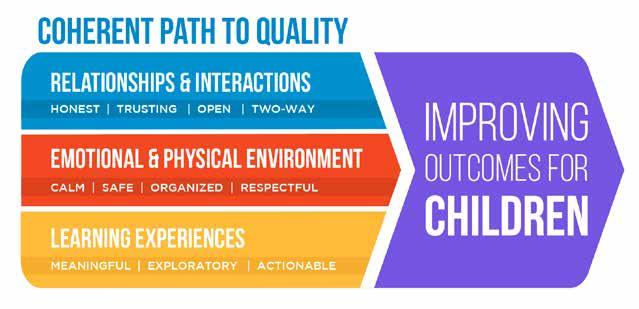
1 Relationships & Interactions
2 The Emotional & Physical Environment
3 Learning Experiences
The framework defines three dimensions of program quality: relationships and interactions, the emotional and physical environment, and learning experiences.

3
4
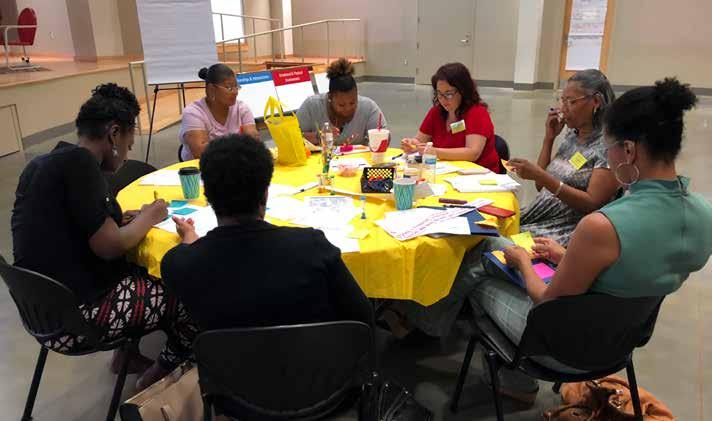
DIMENSION #1
Relationships & Interactions
REFLECTIVE QUESTIONS
YOUR REFLECTIONS
DIMENSION #2 Emotional & Physical Environment
REFLECTIVE QUESTIONS
YOUR REFLECTIONS
3 Process , and
1 Purpose.
2 Content
Before: Planning the Agenda
• Include estimated time frames.
• Clarify the goal.
• Include only relevant items in the agenda.
• Prepare engaging materials
• Send the agenda before the meeting. An agenda
Business Review, April 5, 2017, https://hbr.org/2017/04/how-to-design-meetings-your-team-will-want-to-attend.
PLANNING THE ENVIRONMENT
When planning for remote meetings, it’s vital to be intentional about how the group can connect and interact when everyone is in di erent spaces, some people may be on the phone while others are on video. Simple considerations can be helpful:
• Allow time and be patient with technology issues. Some people need more time to figure out how to come o mute, others may have background noise that they can’t control, and some may be on the phone while others are on video.
• Be sensitive to “names” as not everyone has their device set up only for their use. People may be using phones that have the name of their device. Others may be sharing a computer with family members or want to protect confidentiality.
• Consider using virtual backgrounds if there is sensitivity about sharing where you are.

DURING TEAM MEETINGS
It is just as important to arrive early as host of a virtual meeting so that you can greet people as they arrive, support them with feeling comfortable and help them with technology.

are an
Think Impact. Before you act or speak, pause and prepare to listen. As you listen and prepare to respond, ask yourself: am I reacting or have I taken time to reflect?
Cultivate Self-Awareness. Ask yourself, how am I showing up today? Am I fully present? Think about what you want to do to be your best self.
Nurture Relationships . Ask yourself, what am I doing to strengthen my relationships with others? How am I supporting the relationships in my group?
Refine Communication . Ask yourself, am I being mindful of my spoken words? How is my tone? Am I listening to others’ ideas and taking the time to understand and evaluate in order to learn? What kind of feedback am I giving and is it strength-based? Am I aware of everyone’s visual cues?
Activate Curiosity. Ask yourself, am I staying open to learn today or am I simply stating my beliefs over and over again? Am I noticing connections between previous thoughts and new ideas?
QUIET THE STATIC
In the book Powerful Interactions the authors describe “pausing to quiet the static.”7 Static is defined as the noise in your head that interferes with your ability to focus on something.
• Send the meeting notes as soon as possible after the meeting.
• Recall individual team members’ contributions when you see them after the meeting.
Here are few additional tips for following up after team meetings:
• Distribute notes to the team.
• Just prior to the next convening, send a reminder notice

Your stance is your attitudes, thoughts and feelings that guide your actions and words.
The word facilitator sticks with me because sometimes I barrel on ahead to make sure I get everything in that teachers need to know. And really, I should be facilitating conversation and learning.
— Anne, Preschool Program DirectorFacilitating means bringing everybody’s voice in the room, not getting through an agenda. To walk hand-in-hand down the path forward. To give people time to think. If you hurry, somebody’s voice is going to become invisible.
— Devora, Early Childhood Program DirectorFacilitation is knowing that we can build more authentic learning together as a group of co-learners, than a ‘presenter’ could alone. It is we not me. It is modeling the best practices for early childhood teaching: guiding learning with intentional questions and building relationships.
— Early Learning Program Leaderportance-of-adopting-a-facilitative-stance/.
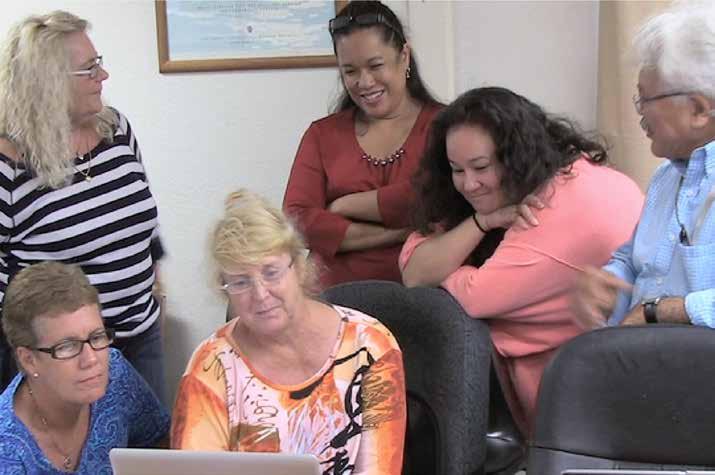
Model activating curiosity in response to individual contributions.
Be a role model for strong positive relationships and a feeling of community.
Promote inclusivity.
Pay attention to language.
Use Carousel Share to hear all voices.
Focus on questions rather than answers.
Use the think, pair, share strategy
Set expectations for speaking up
Form discussion groups of three to four people
Encourage participants to engage with each other

Appreciate silence. Include storytelling.
Navigate dominant voices.
Stay focused on the goals of the meeting.
Take a gallery walk.
Manage side issues or less relevant thoughts and questions respectfully and constructively.
GALLERY WALKS
If you have some members who will be attending a meeting via video conference, be sure to allow them to view charts and participate in gallery walk activities. If charts cannot be shown on camera, one lower-tech solution is to have a note-taker record what is being charted and share their screen with remote participants.
Read the group continually in order to be a responsive facilitator.
agenda items
Encourage charting to synthesize ideas.
What is working well? Why do you think so?
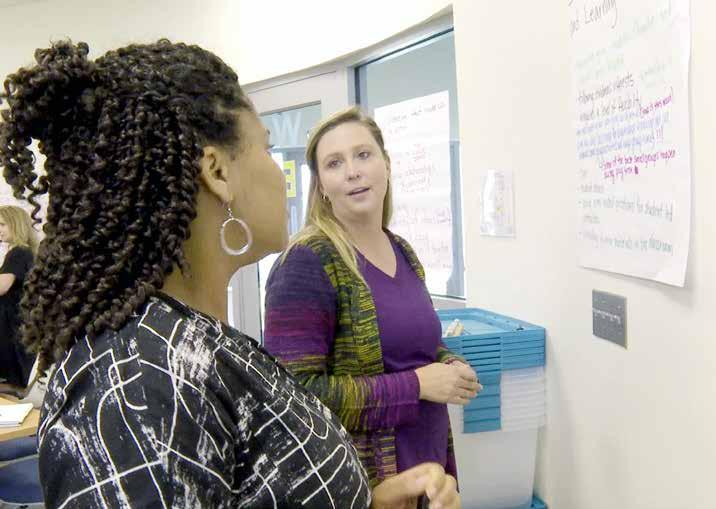
as you become more comfortable implementing a more facilitative stance.
WHAT WE DO NOW
WHAT WE COULD TRY
ALIGNMENT WITH MISSION, VISION, CULTURE, AND CLIMATE
ALIGNMENT WITH THE FIVE COMMITMENTS AND THE COHERENT PATH
Focus:
ALIGNMENT WITH MISSION, VISION, CULTURE, AND CLIMATE ALIGNMENT WITH THE FIVE COMMITMENTS AND THE COHERENT PATH